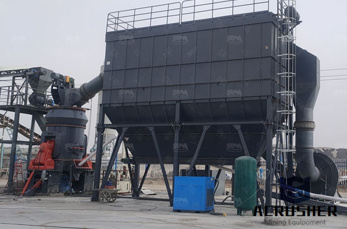Composition of cement Pennsylvania State University
Composition of cement. Introduction Portland cement gets its strength from chemical reactions between the cement and water. The process is known as hydration.
 WhatsApp)
WhatsApp)
Composition of cement. Introduction Portland cement gets its strength from chemical reactions between the cement and water. The process is known as hydration.

Three types of calcium carbonatecontaining rock are excavated and used by industry. They are limestone, chalk and dolomite. Limestone and chalk are both forms of ...

Well Water Problems and Solutions Arsenic, Scale, Calcium, Hardness, TDS, Chromium 6, Nitrates, Radon, Iron, and Sulfur

ASTM cement standards and concrete standards contain specifications and test methods to determine the properties of concrete, hydraulic cements, and aggregates.

This glossary contains information on terms, phrases and definition on water education

Limestone, chalk and marble are all forms of calcium carbonate. They exist naturally in the Earth''s crust. Limestone is a very common building material and many ...

I am assisting a waste to energy technology company to enter into the cement industry. The plant requires waste input such as municipal garbage, including ...

Discovering What''s Possible with Calcium. Mississippi Lime is a worldclass producer of calcium products including quicklime, hydrated lime, calcium carbonate and ...

What is Limestone? Limestone is a sedimentary rock composed primarily of calcium carbonate (CaCO 3) in the form of the mineral calcite. It most commonly forms in ...

JNN is a multidisciplinary peerreviewed journal covering fundamental and applied research in all disciplines of science, engineering and medicine.

In the second step, ammoniated brine is allowed to trickle down a carbonating tower known as solvay tower. This tower is also fitted with baffle plates.

Concrete is a composite material composed of coarse aggregate bonded together with a fluid cement that hardens over time. Most concretes used are limebased concretes ...

1 2 3 4 5 6 7 8 9 10 F Production and facilities information COMPOSITION AND PRODUCTION OF CEMENT Cement is made by crushing and grinding calcium carbonate (limestone ...

Amazingly Versatile Uses of Calcium Carbonate. Calcium carbonate, one of the most beneficial compounds, has multiple applications in various industries.

People have used calcium''s compounds for thousands of years – in cement, for example. Limestone [calcium carbonate] was called calx by the Romans.

Manufacturer of Construction Chemicals Microsilica, Ground Granulated Blast Furnace Slag ( GGBS), Zeolite Powder and Lime Powder(Calcium Hydroxide) offered by ...

Calcium (Ca) and water Calcium and water: reaction mechanisms, environmental impact and health effects

Calcium carbonate, as it is used for industrial purposes, is extracted by mining or quarrying. Pure calcium carbonate can be produced from marble, or it can be ...

The cement industry faces a number of challenges that include depleting fossil fuel reserves, scarcity of raw materials, perpetually increasing demand for cements and ...

Cement, or Portland cement, is defined as "a hydraulic cement, obtained by burning a mixture of lime and clay to form a clinker, then pulverizing the clinker into powder.

page 1 of 7 lehigh white cement company material safety data sheet for white portland cement revised date: jan 2015 1. product/company identification

Globally, cement companies are producing nearly two billion tonnes/year of their product and emitting nearly two billion tonnes of CO 2 (or around 6 to 7% of the ...

The base of pastel chalks is calcium sulfate (CaSO 4 ), which is derived from gypsum (CaSO 4 2H 2 O), an evaporite mineral formed by ...

Cheney Lime and Cement Company is a producer of high calcium quicklime products (in bulk) and hydrated lime products (in bulk and bags) that are marketed to companies ...
 WhatsApp)
WhatsApp)